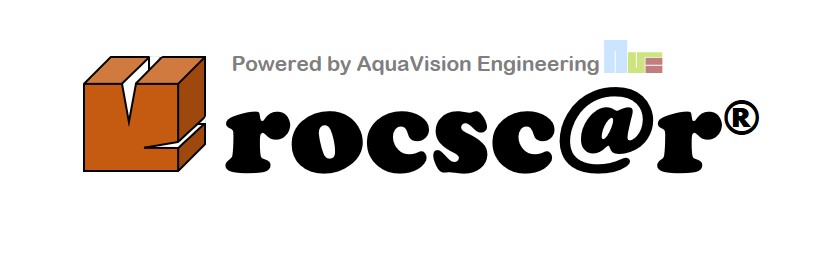
Background
The erodibility index method (EIM) is a semi-empirical computational method that is based on a scour threshold relationship to determine the scour potential in rock and earthen materials. The scour extent is determined by comparing the available stream power of the turbulent flow with the one that is required to scour the material.
The basic research work was performed by Kirsten (1982), who classified the ease with which earth or rock materials may be excavated under the form of a rippability index. Since then, several researchers have been using this concept to flowing water by modifying the term rippability into erodibility (Moore et al., 1994; Annandale and Kirsten, 1994; Kirsten et al., 1995; van Schalkwyk et al., 1994; Kirsten et al., 2000).
Annandale (1995) applied this concept to a dataset collected by the US Department of Agriculture (USDA), to four South African dams provided by van Schalkwijk et al. (1994), to the case of Bartlett Dam in Arizona (US) and finally to published data on erosion of non-cohesive earthen materials, resulting in a general scour threshold relationship between the stream power and the erodibility index, valid for any kind of rock and earthen materials of whatever strength. Annandale et al. (1998) presented the results of near-prototype scaled testing with impinging jets onto flat-shaped concrete blocks to validate this threshold of erosion.
Annandale also made a link between the stream power approach and the magnitude of dynamic pressure fluctuations. This link was further outlined in Annandale (2006), where the author used kinetic energy of flow turbulence near the bed to distinguish between the available stream power and the applicable stream power near the water-rock interface.
Several scour threshold relationships using the erodibility index approach are available today. The Annandale (1995) threshold is the most widely used approach nowadays, but the X_pl@re platform interface allows the user to determine the parameters of its own threshold relationship.
Features
- erodibility index defined based on basic parameters (mass strength number, block size number, discontinuity bond shear strength number and ground structure number)
- user-definable relationship between the available and the applicable stream power
- use of dynamic pressure coefficients and flow velocities to determine local stream power
- user-definable scour threshold relationship between the critical stream power and the erodibility index
- 2D application of EIM in a vertical plane


Output
The 2D_BASE version of the software provides the following output for the Erodibility Index Method (EIM):
- scour depth as a function of the defined threshold relationship
- 2D longitudinal shape of the corresponding scour hole in a vertical plane
